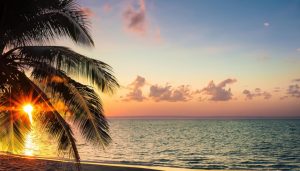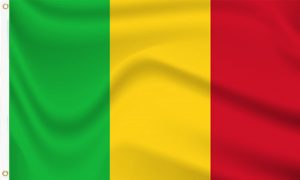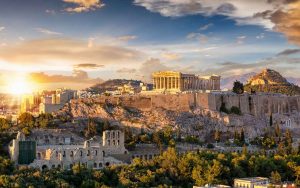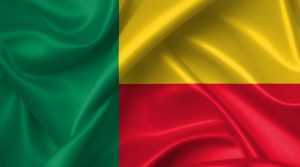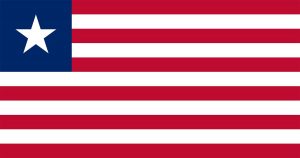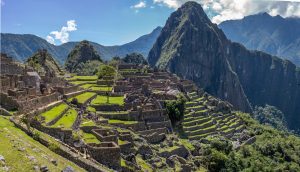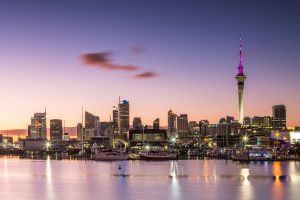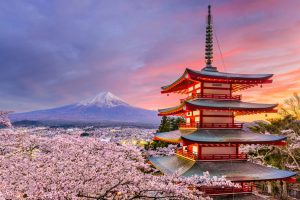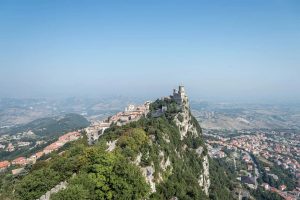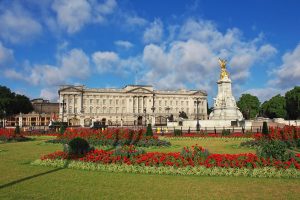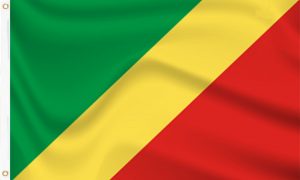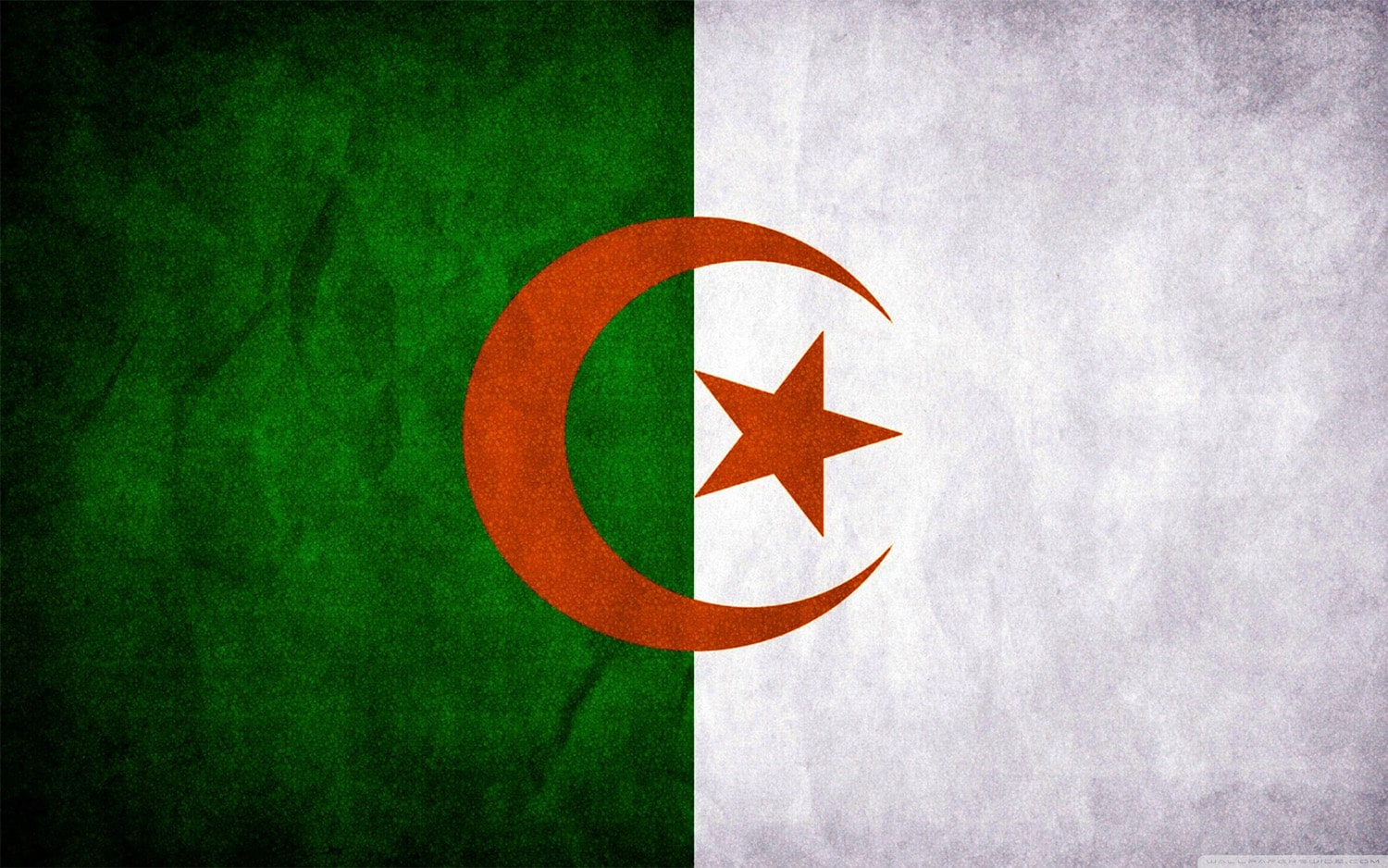
34 interesting facts about Algeria
- 👁️ 2260
Algeria, a country of stark beauty and rich history, stands as a testament to the resilience and diversity of its people and landscapes. Located in North Africa, it is the continent’s largest country and home to a mesmerizing mix of cultures, ancient history, and natural wonders that span from the Mediterranean coast to the vast expanse of the Sahara Desert. Algeria’s strategic location has made it a crossroads of civilizations for millennia, influencing its complex history, architecture, and traditions. The nation boasts a wealth of natural resources, a vibrant culture, and a heritage that draws from Berber, Arab, French, and African influences. Here are 34 interesting and informative facts about Algeria that highlight its uniqueness and significance.
- Algeria is the largest country in Africa and the 10th largest in the world.
- The official name of Algeria is the People’s Democratic Republic of Algeria.
- Arabic is the official language, but Berber (Tamazight) is also an official language and widely spoken.
- Algeria gained independence from France on July 5, 1962, after a brutal war that lasted seven years.
- The Sahara Desert covers more than 80% of Algeria’s land area.
- Algeria’s economy is heavily reliant on hydrocarbons; it has the 10th largest reserves of natural gas in the world and is the 6th largest gas exporter.
- The capital and largest city of Algeria is Algiers, located along the Mediterranean Sea.
- The ancient Roman ruins of Timgad and Djémila are UNESCO World Heritage Sites and showcase Algeria’s rich history.
- The Ahaggar Mountains, located in the Sahara, are home to the indigenous Tuareg people, often called the “Blue People” for their indigo-dye clothing.
- Algeria’s national animal is the Fennec fox, a small nocturnal fox with distinctive large ears.
- The Casbah of Algiers, a historic medina, is a UNESCO World Heritage site known for its Ottoman and French colonial architecture.
- The national dish of Algeria is Couscous, which is traditionally served with meat and vegetables.
- Algeria was once home to one of the earliest humans, whose remains were found at the site of Ain Hanech.
- The film “The Battle of Algiers” (1966) is considered one of the greatest political films ever made, depicting Algeria’s struggle for independence.
- The country has a diverse climate, ranging from Mediterranean in the north to desert in the south.
- Algeria hosts the Tassili n’Ajjer National Park, which contains prehistoric rock art dating back over 8,000 years.
- The national flag of Algeria consists of two equal vertical bands of green and white, with a red star and crescent in the center.
- Football (soccer) is the most popular sport in Algeria, with the national team known as “The Desert Foxes.”
- The Hoggar Mountains in southern Algeria are one of the country’s most striking natural features, offering dramatic volcanic landscapes.
- Algeria is one of the few countries in the world to have a portion of its sea area part of its national park system, in Al-Hoceima National Park.
- The M’zab Valley, a UNESCO World Heritage site, showcases unique architecture of the Mozabite people, a Berber Muslim sect.
- Algeria has 48 provinces, called wilayas.
- The Great Mosque of Algiers, also known as Djamaa el Djazaïr, is the third largest mosque in the world.
- Dates are a staple food in Algerian cuisine, especially in the Sahara region.
- The Gouraya National Park in Bejaia is known for its biodiversity and the Barbary macaque, a type of monkey native to North Africa.
- Kabyle women, from the Kabylia region, are known for their traditional silver jewelry and vibrant woven carpets.
- The Roman Catholic Basilica of Our Lady of Africa in Algiers overlooks the bay and is a notable architectural landmark.
- El Oued, a city in northeastern Algeria, is known as the “City of a Thousand Domes” for its traditional domed architecture.
- Algerian literature has been shaped by both Francophone and Arabophone writers, with notable authors including Albert Camus and Assia Djebar.
- The Cherchell Museum contains one of the finest collections of Roman and Greek antiquities in Africa.
- Sidi Fredj is a historic resort and port where the French first landed during their conquest of Algeria in 1830.
- The annual Timgad International Music Festival celebrates both Algerian and international music.
- Oran, Algeria’s second-largest city, is known for Raï music, a popular genre that originated in the region.
- The Sahara’s oases, such as the one at Taghit, offer stunning landscapes and are vital for the survival of local communities and biodiversity.
Algeria is a country of breathtaking contrasts, where ancient history and modern development coexist in harmony. From the bustling streets of Algiers to the serene expanses of the Sahara, Algeria offers a tapestry of experiences that reflect its rich cultural heritage and natural beauty. Its strategic location and vast resources have shaped its history and economy, making it a key player on the African and global stage. The people of Algeria, with their resilience and diversity, continue to preserve their unique traditions while embracing the future. As Algeria continues to grow and evolve, its contributions to the world in terms of culture, history, and natural wonders remain invaluable, inviting explorers and scholars alike to discover its many treasures.
